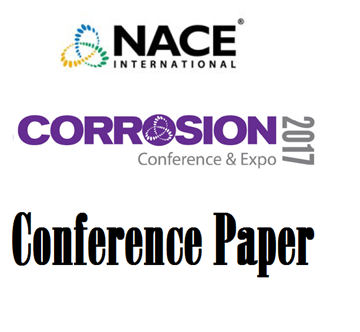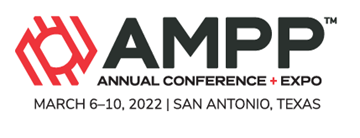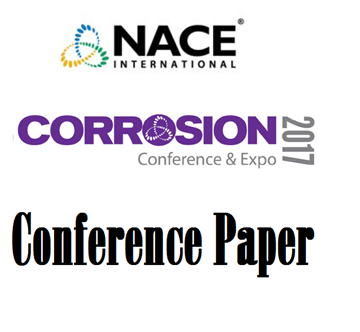Search
Products tagged with 'scc'
View as
Sort by
Display
per page
Effect of Chloride on the SCC Behavior of Carbon Steel Welds Exposed to Concrete Pore Water under Anoxic Conditions
Product Number:
51323-19029-SG
Publication Date:
2023
$20.00
Effect of Complex Deformation on Corrosion Fatigue and Stress Corrosion Cracking of 304/304L Stainless Steel Elbows in Aerated and Deaerated Water
Product Number:
ED22-17115-SG
Publication Date:
2022
$20.00
Effect of CP on the Occurrence of SCC in X80 and X100 Pipe Steels in a Near-Neutral pH Environment
Product Number:
51317--9147-SG
ISBN:
9147 2017 CP
Publication Date:
2017
$20.00
Effect of Oxygen Excursion On SCC Resistance of Tubing Materials
Product Number:
51323-18779-SG
Publication Date:
2023
$20.00
Environmentally-Assisted Cracking (SSC And SCC) Of Martensitic Stainless Steel OCTG Material In Sour Environment In 5%Nacl And 20%Nacl Solution
Product Number:
51322-17563-SG
Publication Date:
2022
$20.00
Evaluation Of Coating Protection Against Environmental Assisted Cracking Of Aluminum Alloys
Product Number:
51321-17000-SG
Publication Date:
2021
$20.00
Evaluation of Susceptibility of 316L to Stress Corrosion Cracking in Aqueous Ammonium Chloride Environments with Low Dissolved Oxygen
Product Number:
51324-20875-SG
Publication Date:
2024
$40.00
Evaluation Of The Suitability Of As Bent Super Duplex Stainless Steel UNS-S32750 Tubing For Refinery Sour Services
Product Number:
51321-16850-SG
Publication Date:
2021
$20.00
Expanding SCC Safe Use Limit of Alloy 718 for Sour HTHP Downhole Applications
Product Number:
51324-20928-SG
Publication Date:
2024
$40.00
Failure Analysis Of A Vacuum Pump Component In A Geothermal Power Plant
Product Number:
51323-19044-SG
Publication Date:
2023
$20.00
How Many Excavations are Required to Confirm the Absence of SCC on a Pipeline Following SCCDA
Product Number:
51317--9346-SG
ISBN:
9346 2017 CP
Publication Date:
2017
$20.00
Localized Corrosion of UNS S31603 in Aqueous Ammonium Chloride Environments at Elevated Temperatures and Low Dissolved Oxygen
Product Number:
51323-19125-SG
Publication Date:
2023
$20.00












